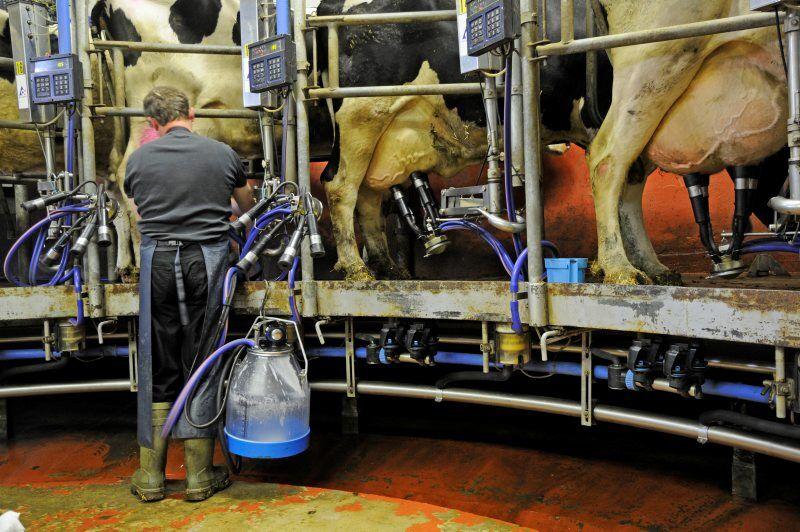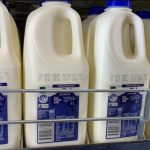
If the milk in the bulk tank isn’t great, those deficiencies can’t necessarily be fixed by pasteurization or processing wizardry at the plant.
“What happens on the farm does not stay on the farm,” said Nicole Martin, the associate director of Cornell University’s Milk Quality Improvement Program.
Martin spoke in a Nov. 9 eOrganic webinar.
The key contributors to milk quality are somatic cell count, total bacteria count, spore count, and odor and flavor profiles.
Somatic cell count may be most familiar to dairy farmers. The average count on farms is 70,000 cells per milliliter. A count of 200,000 indicates an infection. Increased counts reduce yield and alter the composition of the raw milk.
Martin said the average bulk tank somatic cell count has declined over time.
Keeping equipment and housing clean can tamp cell counts down, as can paying close attention to hygiene during milking.
Total bacteria count has a bulk tank limit of 300,000 cfu per milliliter, but Martin said most farms are around 10,000. Psychrophilic, or cold-loving, bacteria are the most common concern.
High bacteria levels can reduce milk yields 3-4% and also cause flavor, odor and body defects in the finished dairy product.
Dirty milking equipment and poor cooling are the most likely causes of a high bacteria count, Martin said. Milk leaving the farm with low bacteria counts can see an increase at the plant if the milk is held too long or at the wrong temperature.
“It’s really important, I think, for producers to understand that no individual step in the dairy processing continuum and the dairy production continuum is a lone island,” Martin said. “They all sort of roll into each other and impact each other.”
Spore-forming bacteria are one of the less familiar factors in on-farm milk quality. When stressed, they create protective coverings for themselves that are hardy enough to survive pasteurization.
Anaerobic spores cause late-blowing cheese defects, which can appear 60 days into aging and ruin the product. Spores are stringently limited in milk powder.
Spore-forming bacteria are difficult to control, but “most people at the production level that I work with don’t have a lot of exposure to spore-forming bacteria,” Martin said.
Good milking practices are the main way to reduce spore contamination. Forestripping is important to keeping spore levels down. It removes spores from the teat canal prior to milking, and it increases the consistency of the milk flow.
“Udder and teat hygiene have a huge impact on the level of spores that we find in the bulk tank,” Martin said.
Farmers should also pay attention to off odors and flavors, which can be introduced to the milk from bacteria or chemicals.
“Most of these defects will carry over into the finished product,” Martin said. “Pasteurization does not eliminate these at all.”
Martin suggests periodically screening the farm’s raw milk for flavor and odor defects.
“Ultimately, in the dairy industry, we want consumers to be happy with our products,” Martin said. “We want them to find them good tasting and high quality and enjoyable to consume.”

























